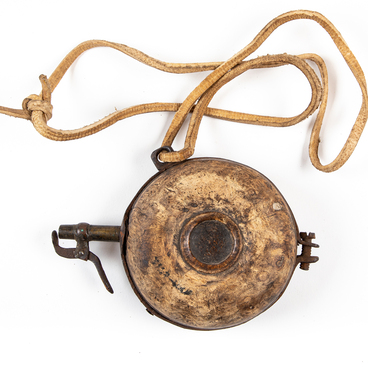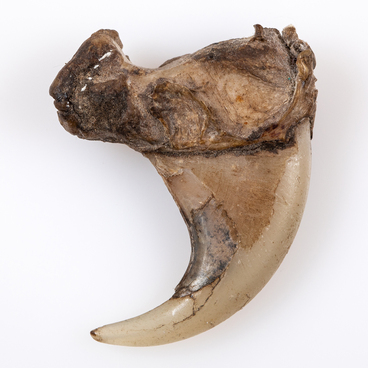The collection of the Sheltozero Veps Ethnographic Museum named after Rurik Petrovich Lonin features a fishing spear — a piercing fishing tool in the form of an iron fork fixed on a thin wooden pole. The spear was found by Dmitry Anatolyevich Khvorov, a student of Sheltozero Secondary School, in the forest near the village of Rozmega and donated to the museum in 1980.
The museum’s collection features several spears, which indicates the high prevalence of fishing. Many lakes and rivers on the territory of the Veps region contributed to the widespread development of fishing. In case of crop failure or loss of livestock, it significantly helped the residents avoid starvation. The vast majority of the male population went fishing. The fish was dried, boiled, and cured. The type of fish caught depended on the reservoir. Perch, pike, and roach were caught in forest lakes. Lake Onega was especially rich in fish: it had over 25 species of fish, including such valuable species as salmon, char, trout, whitefish, sterlet; vendace was also found in large numbers in the lake.
The spear presented in the museum’s collection is rather noteworthy thanks to its unusual shape: though rectangular spears were more common, this spear has a distinct rounded shape. The spear has eight prongs, and each of them has a notch at the end to hold the fish. The working part of a spear was originally made of wood, then it was replaced by bone, and later by iron. In this case, the spear is made of iron, which also demonstrates the level of local blacksmithing skills.
The manuscript of the Karelian ethnographer Konstantin Kuzmich Loginov, a copy of which is kept in the museum, states: “The eight-toothed spear had four spikes with right-sided notches and the same number with left-sided ones. All the spears had inserts for the shaft. The spear was used in the spring, when fish came along the rivers to spawn, or in the autumn at night with the help of a torchlight or a kerosene lamp. In autumn, fish were speared from boats, both in lakes and on rivers.”
The ancient way of fishing with a spear was
widespread for a long time on the territory of the Veps region.


